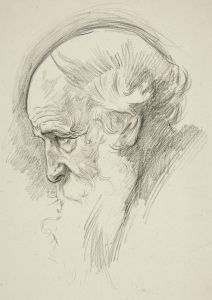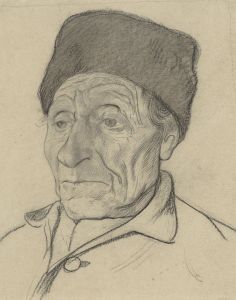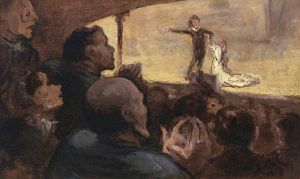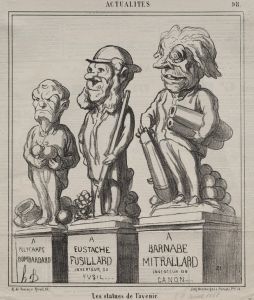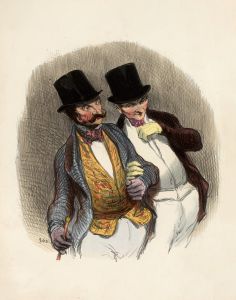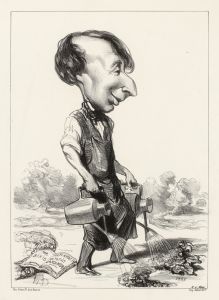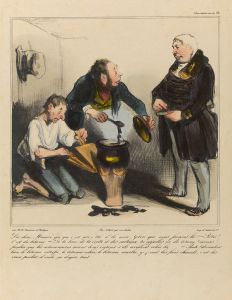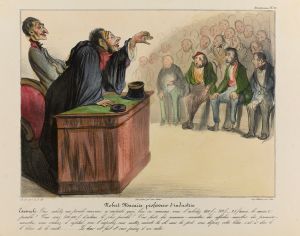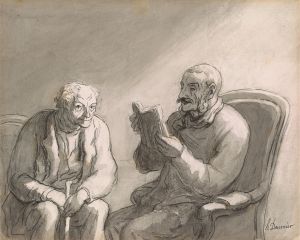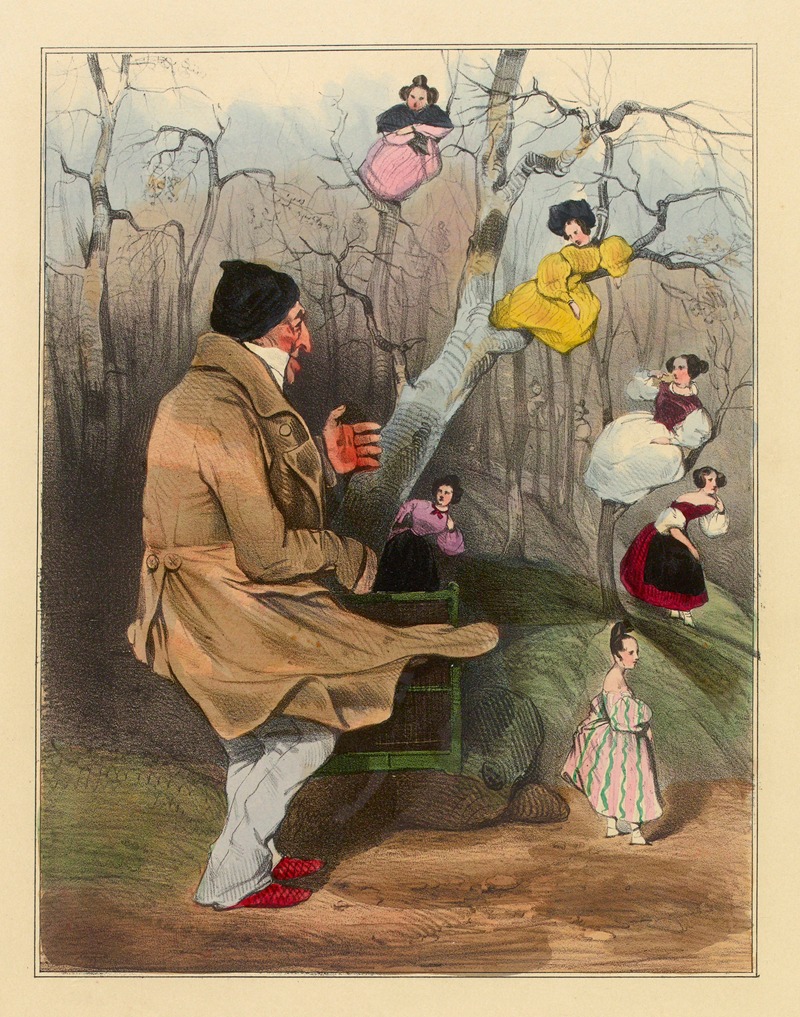
Le vieux garçon
A hand-painted replica of Honoré Daumier’s masterpiece Le vieux garçon, meticulously crafted by professional artists to capture the true essence of the original. Each piece is created with museum-quality canvas and rare mineral pigments, carefully painted by experienced artists with delicate brushstrokes and rich, layered colors to perfectly recreate the texture of the original artwork. Unlike machine-printed reproductions, this hand-painted version brings the painting to life, infused with the artist’s emotions and skill in every stroke. Whether for personal collection or home decoration, it instantly elevates the artistic atmosphere of any space.
Honoré Daumier, a prominent French artist known for his caricatures, paintings, and sculptures, created the artwork titled "Le vieux garçon" (The Old Bachelor). Daumier was born in 1808 in Marseille, France, and became renowned for his keen observation of social and political life in 19th-century France. His works often provided a satirical commentary on the society of his time, and he was particularly adept at capturing the nuances of human expression and character.
"Le vieux garçon" is one of Daumier's lesser-known paintings, yet it encapsulates his ability to portray the subtleties of human emotion and social commentary. The painting depicts an elderly bachelor, a subject that Daumier approached with both humor and empathy. The figure in the painting is characterized by a sense of solitude and introspection, common themes in Daumier's work, reflecting the artist's interest in the human condition and the societal roles individuals occupy.
Daumier's style in "Le vieux garçon" is consistent with his broader body of work, which often features loose brushwork and a focus on capturing the essence of his subjects rather than detailed realism. His use of light and shadow in the painting adds depth and dimension, highlighting the character's features and the mood of the scene. The painting's composition and the subject's expression suggest a narrative, inviting viewers to ponder the life and experiences of the old bachelor.
Throughout his career, Daumier was deeply influenced by the political and social climate of France. He lived through significant events such as the July Revolution of 1830 and the establishment of the Second Republic in 1848. These events shaped his worldview and were frequently reflected in his art. While "Le vieux garçon" does not overtly depict political themes, it can be seen as a reflection of the societal changes and the evolving roles of individuals during Daumier's lifetime.
Daumier's work, including "Le vieux garçon," is often celebrated for its ability to transcend the specific context of 19th-century France and resonate with universal themes of human experience. His art remains influential, and he is regarded as a precursor to later movements such as Realism and Impressionism. Daumier's focus on everyday subjects and his empathetic portrayal of human character continue to be appreciated by audiences and art historians alike.
"Le vieux garçon" is part of Daumier's extensive oeuvre, which includes over 4,000 lithographs, 300 paintings, and numerous sculptures. His work is held in high esteem and can be found in major museums and collections worldwide, including the Louvre in Paris and the Metropolitan Museum of Art in New York. Daumier's legacy as a keen observer of society and a master of character study endures, and "Le vieux garçon" is a testament to his skill and insight as an artist.





